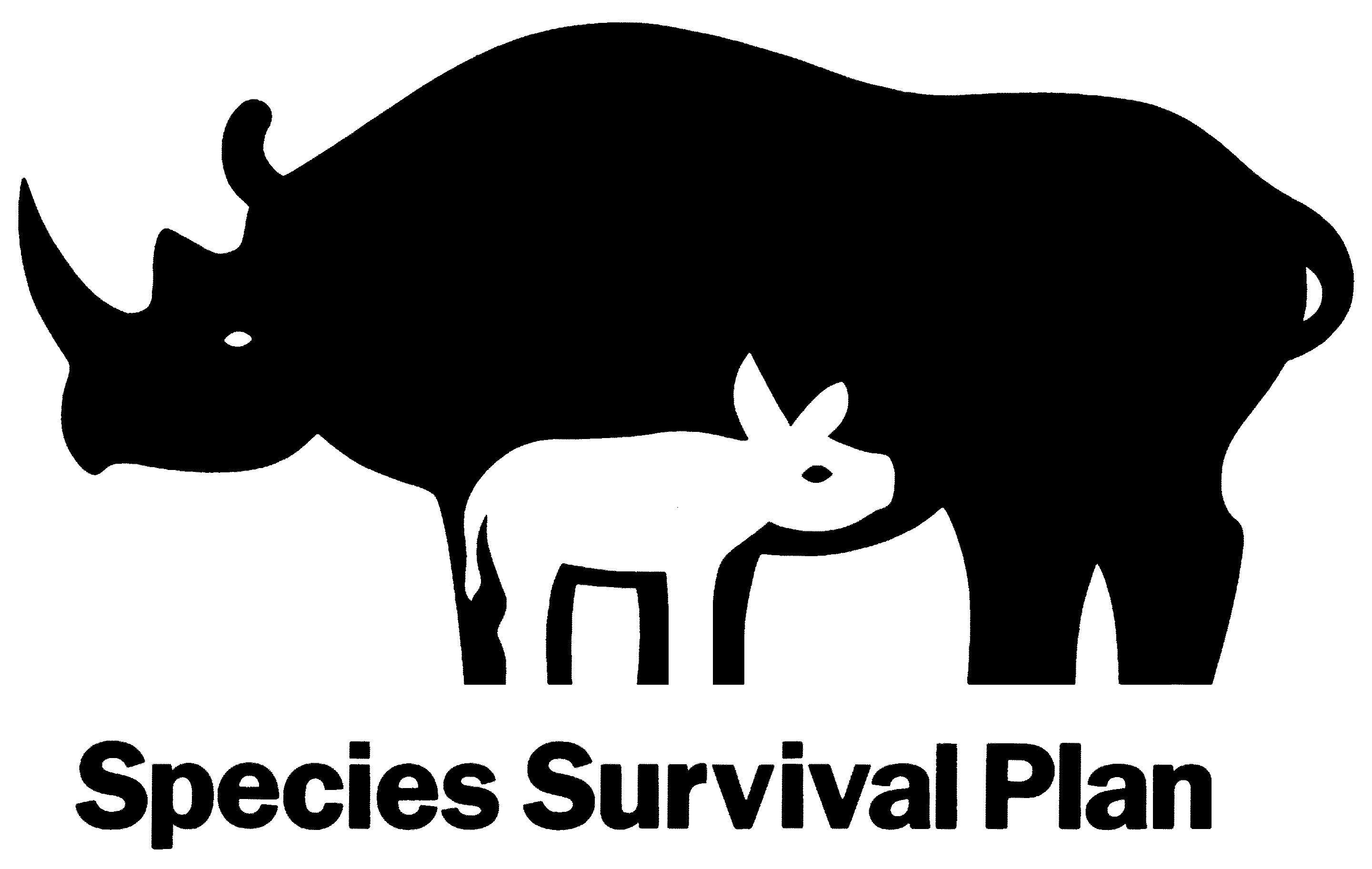Our Animals
- Animals & Habitats
- Our Animals
FUN FACT
Vietnam Pheasants are a dimorphic species. This means the male and female have different markings to easily tell them apart. Male Vietnam Pheasants are known for having bright and even metallic blue feathers and a white crest (a group of feathers on the top of a bird’s head). This coloring helps them to attract mates. Female Vietnam Pheasants are a dark, chestnut shade of brown, perfect for blending into a forest setting, and do not have a crest.
The Vietnam Pheasant, also called the Edwards’s Pheasant, is a little-known species which may be Extinct in the Wild. It has not been observed in the wild since 2000 and is currently listed as Critically Endangered. Much of the species’ potential habitat was destroyed as a result of herbicide use during the Vietnam War, and subsequent logging and clearing of land for agriculture further contributed to the loss of suitable habitat. Hunting has also been a problem for the species.
The Vietnam Pheasant is considered by many to be the most endangered of all pheasant species. An elusive bird not seen in Central Vietnam’s dense, evergreen forests since 2000. While it’s is currently listed by the International Union for Conservation of Nature (IUCN) as Critically Endangered, but many believe the species could be Extinct in the Wild.
The National Aviary is part of a collaborative effort to save Vietnam Pheasants.
Learn MoreHabitat
Non-mountainous terrain covered by secondary lowland evergreen forest that has a dense undergrowth of lianas, palms, rattan, and bamboo
Diet
Invertebrates including isopods, earwigs, insect larvae, mollusks, centipedes and termites as well as small frogs, drupes, seeds and berries
Status
Critically Endangered
Breeding
Females incubate 4-7 eggs, which hatch after 21-22 days.

The National Aviary is home to more than 500 birds and other animals representing 150 species; some of which live in behind-the-scenes habitats. To enhance our guests’ educational experience, and with regard to individual bird preferences, different species may spend time in various public-facing habitats.
In The News
A juvenile peregrine falcon known as Yellow, “crashed in on her mother. Carla (the mother) quickly left” the nest at the University of Pittsburgh Cathedral of Learning on June 23, 2025, according to the Outside My Window blog. 1 Crop of 23 peregrine falcons and juvenile bald eagles have flown the coop but are begging their parents | Pittsburgh Post-Gazette
The formerly endangered peregrine falcon produced a bumper crop of at least 23 juveniles this year in the Pittsburgh region.
Read More »Jungle Creatures and Fantastic Features: Flamingos | Phipps Conservatory
With help from the National Aviary, we’ll look at how Phipps flamingos compare to the real-life creatures they represent!
Read More »Pitt falcon fledglings fly the Cathedral of Learning coop, but likely linger in Oakland | 90.5 WESA
Falcons born at the Cathedral of Learning have also been found nesting in Ohio, New York, and Ontario.
Read More »National Aviary reveals genders of its newest African penguins | WTAE
The National Aviary revealed the genders of its newest African penguins on social media Tuesday. The penguins hatched in early February, and they are the offspring of penguin parents Bette and Sidney.
Read More »National Aviary reveals genders of its newest African Penguin chicks | WPXI
Another aviary resident, Red the Scarlet Macaw, helped with the reveal, opening bird safe “candies.”
Read More »